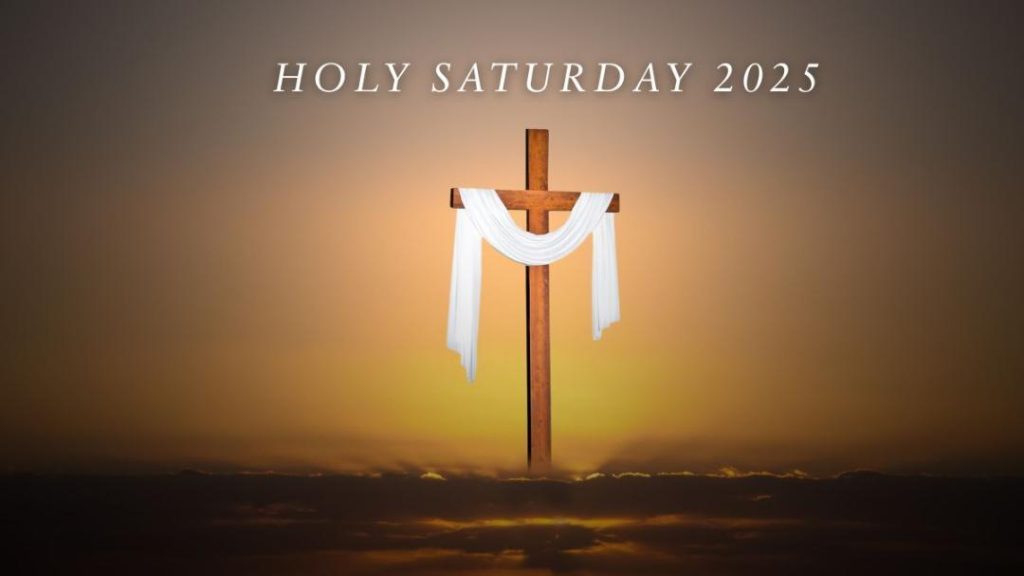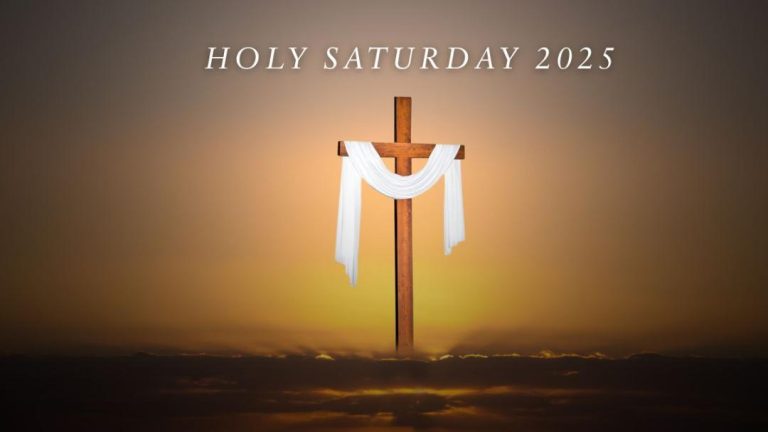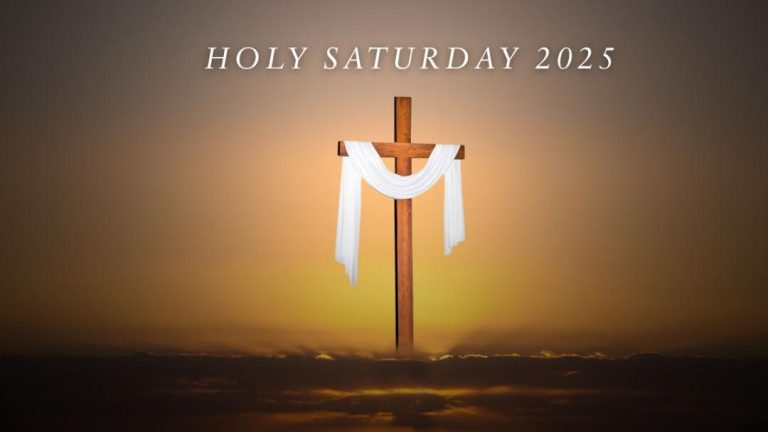
What is Holy Saturday & why is it celebrated?
Holy Saturday, observed between Good Friday and Easter Sunday, marks the day Jesus Christ lay in the tomb after his crucifixion. It signifies a period of silence, reflection, and anticipation before the celebration of his resurrection. This year, Holy Saturday will be observed on April 19, 2025, followed by Easter Sunday on April 20.
For many Christians around the world, Holy Saturday is a day of contemplation and reverence, a time to reflect on the sacrifice made by Jesus Christ for humanity. It is a day to reflect on the darkness and despair that Jesus experienced during his crucifixion, and the hope and promise of his resurrection.
The significance of Holy Saturday lies in its connection to the Easter story. According to the Christian narrative, Jesus Christ was crucified on Good Friday, and his body was placed in a tomb. On Holy Saturday, Jesus lay in the tomb, symbolizing death and darkness. The day is often referred to as the “Great Sabbath” because it represents a period of silence and stillness, a time to reflect on the gravity of Jesus’ sacrifice.
In many Christian traditions, Holy Saturday is marked with special services and rituals. These services often include the lighting of candles, symbolizing the light of Christ that will soon burst forth from the darkness. Some churches also hold special liturgies, featuring prayers, hymns, and readings that reflect on the significance of Jesus’ death and resurrection.
One of the most significant aspects of Holy Saturday is the anticipation of Jesus’ resurrection. As the day wears on, the faithful await the dawn of Easter Sunday, when Jesus will rise from the dead and triumph over sin and death. This anticipation is palpable, as Christians around the world prepare for the celebration of Jesus’ resurrection.
In addition to its spiritual significance, Holy Saturday has a rich history and cultural heritage. In many countries, Holy Saturday is marked with traditional foods, decorations, and customs. For example, in some Eastern European countries, families gather together on Holy Saturday to share a special meal, often featuring traditional dishes such as pierogi or borscht.
In other parts of the world, Holy Saturday is marked with more somber traditions. In some African countries, for example, families hold special funeral services for Jesus, symbolizing his death and burial. These services often feature music, dance, and storytelling, and serve as a powerful reminder of the sacrifice made by Jesus for humanity.
Despite its importance in the Christian calendar, Holy Saturday is often overshadowed by the more jubilant celebrations of Good Friday and Easter Sunday. However, for many Christians around the world, Holy Saturday is a day of deep spiritual significance, a time to reflect on the gravity of Jesus’ sacrifice and the hope of his resurrection.
In conclusion, Holy Saturday is a day of great significance in the Christian calendar, marking the period of time between Jesus’ crucifixion and resurrection. It is a day of silence, reflection, and anticipation, a time to contemplate the sacrifice made by Jesus for humanity and the hope of his resurrection. Whether marked with traditional foods, decorations, and customs, or with special services and rituals, Holy Saturday is a powerful reminder of the enduring message of Christianity: that through Jesus Christ, we can find redemption and new life.






